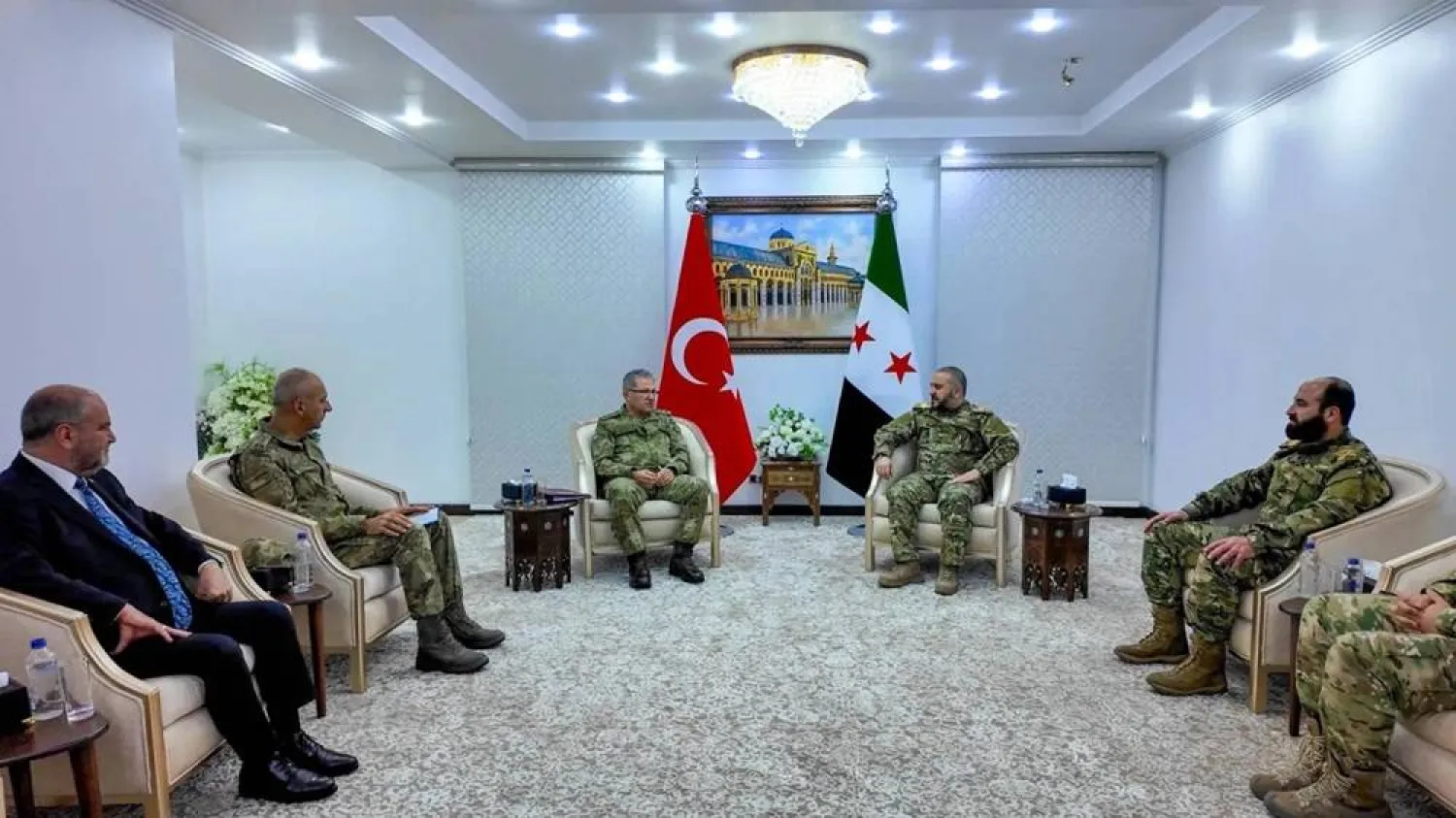Refugees and internally displaced persons, who now comprise half the Syrian population, will be unable to safely return to Syria until it achieves a political transition towards democracy, a report by a human rights group has stated.
According the Syrian Network for Human Rights, atrocious violations are still ongoing in Syria, committed by various parties to the conflict and the controlling forces.
It stressed that these primary violations have been the direct cause of the forced displacement of millions of Syrians.
The United Nations High Commissioner for Refugees (UNHCR) estimates that nearly 13.4 million Syrians are now either internally displaced or refugees, including nearly 6.7 million internally displaced, some of whom have been displaced more than once, and nearly 6.6 million refugees, the vast majority of whom are in neighboring countries.
The report notes that some of the violations committed against Syrians have affected many refugees who were forced to return to unsafe areas under the regime’s control due to harsh conditions in the countries of asylum.
Some of the returning refugees have been subjected to many types of violations upon their return, most notably arbitrary arrest, torture, and enforced disappearance.
Since early 2014 until June 2022, the SNHR has documented at least 3,057 cases of arbitrary arrest, including against 244 children and 203 women (adult female) of the refugees who returned from countries of asylum or residence to their areas of residence in Syria (with the vast majority of these returning from Lebanon).
The regime released 1,874 of these detainees, while the rest remain in detention, with 813 of them classified as forcibly disappeared. The report also recorded at least 72 cases of sexual violence against returning refugees during the same period.
Some countries seeking to return refugees are attempting to justify their position by citing the “presidential amnesty” issued by the regime earlier this year.
However, the SNHR has confirmed that only about 539 people have been released from the regime’s various civil and military prisons and security branches in the Syrian governorates between May 1 and June 13. The released included 61 women and 16 people who were children at the time of their arrest.
The regime is still detaining some 132,000 other people and has launched new waves of arbitrary arrests since issuing the amnesty, detaining 57 Syrians.
The report stressed that attempts by several European countries to deport refugees are a violation of international law. These include the British government’s attempt to transfer a group of refugees, including Syrian refugees, to Rwanda.
Human Rights Watch (HRW) has said Rwanda is an unsafe country, and that its own citizens and other residents suffer from serious human rights violations.
The group called on the governments of countries sheltering Syrian refugees to stop their constant threat to deport them, stressing that this an additional source of psychological anxiety, a threat to their financial stability, and disruption to their social integration processes.
It urged the UNHCR to take clear, repeated, and public positions in responding to governments that constantly threaten and manipulate refugees according to domestic political interests.









